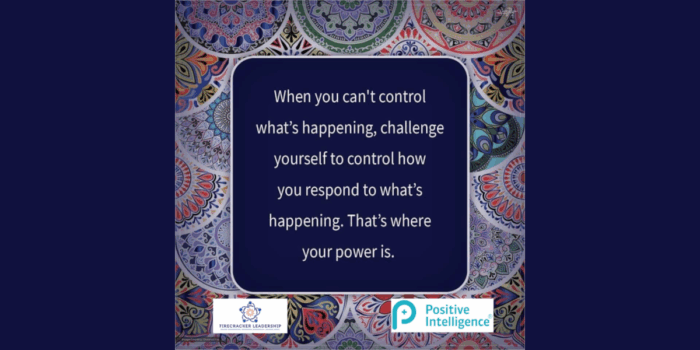In reading this HR-Brew article, I encourage leaders to think about how OTHERS might want to be treated. (Platinum rule)
· 4 min read
When Hugh Cassidy received an email from his former employer, healthcare predictive-analytics company LeanTaaS, asking if he or other company alumni knew anyone who might be qualified to run its data science team, he realized he did know a guy: himself.
Though he never planned to return to LeanTaaS after pivoting to investment banking in 2019, the email prompted waves of nostalgia. He applied for the position and, last month, boomeranged back on board.
Cassidy’s story, HR professionals told us, is emblematic of how leaving the door open to former employees can be a win–win. When he left LeanTaaS, Cassidy said he felt leadership understood and supported his decision, and that allowed him to return.
“A lot of people do take [the] attitude of, ‘We’re not good enough for you. Goodbye. Don’t come back,’” Cassidy said, but “there weren’t any hard feelings or anything like that…it’s a very friendly culture.”
It’s a smart approach, as alumni could be a prime source of applicants. Nearly 30% of workers who left their jobs over the past two years would consider boomeranging to a former employer, according to data by recruiting platform iCIMS emailed to HR Brew via PR rep Kate Adams, with male and millennial employees being most likely to do so.
To reengage this population, HR leaders say they’ve been prioritizing the offboarding and alumni experience, ensuring every encounter, from exit interviews to alumni events, increases the odds that former all-star employees will return.
It’s a boom, not a bust. To attract boomerangs, HR professionals need to first reevaluate how they think about employee departures, Amy Spurling, founder and CEO of employment perk startup Compt, told HR Brew.
She said the best HR teams will see an employee’s decision to leave as a step toward their career growth—not a sign of disloyalty. The career experiences they have outside the firm, she said, could make them even stronger candidates down the line.
Laura Coccaro, chief people officer at iCIMS, told HR Brew that employees who return to her company often bring value, extended networks, and new perspectives. Plus, onboarding can be easier.
“We’re seeing more and more people want boomerangs back, because the ramp time is less, the network within the organization is bigger, [and] the ability to kind of plug and play is there,” she said.
Don’t forget to write! To stay on former employees’ radar, KPMG’s vice chair of talent and culture, Sandy Torchia, said her company has developed an alumni network similar to the one that re-recruited Cassidy.
Like a college alumni network, KPMG regularly emails former employees updates about the firm and hosts regional events for alumni to reconnect. The goal, Torchia explained, is to keep alumni who might become new clients or new candidates in the fold.
Such efforts, she said, have become even more important after the pandemic and the Great Resignation, which has left some former employees experiencing “Great Regret.”
“They appreciate—probably more so once they leave—the culture that we have at KPMG…of collaboration, the culture of giving you an opportunity to develop at the pace that’s right for you,” Torchia said.
Since 2020, KPMG has hired more than 1,000 former employees—a statistic Torchia attributes in part to HR outreach.
“Check in to see how they’re doing, to see if their notion that the grass is greener on the other side really did come through,” Torchia advised. “I think you’ll find that staying close to those alumni [and] having conversations about how their career is going could lead to really valuable resources rejoining the firm.”—SV



